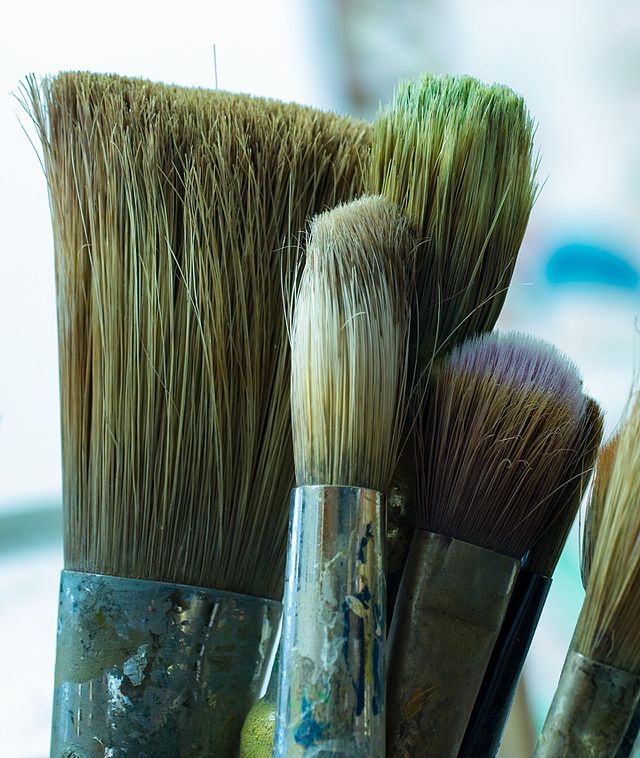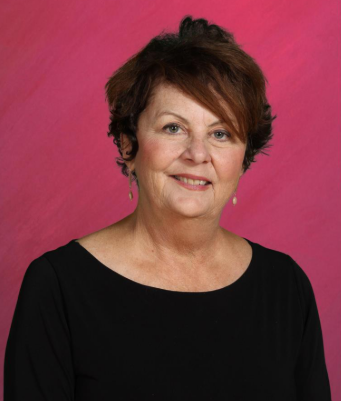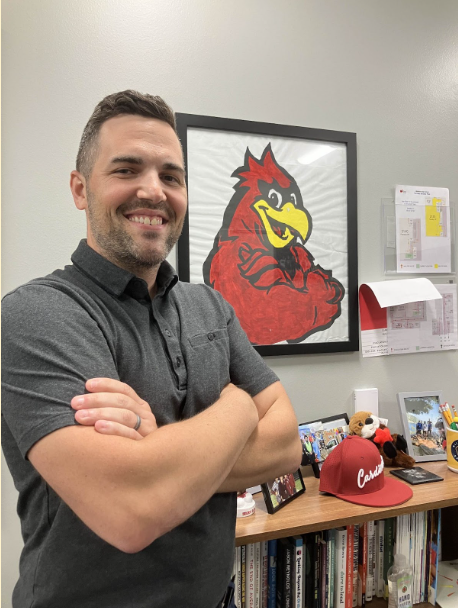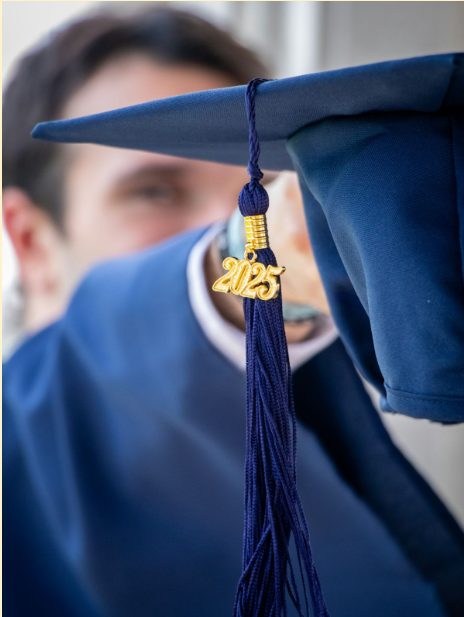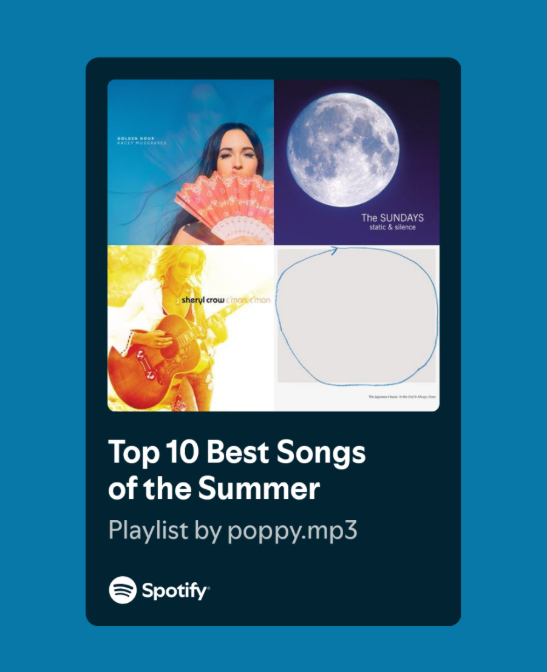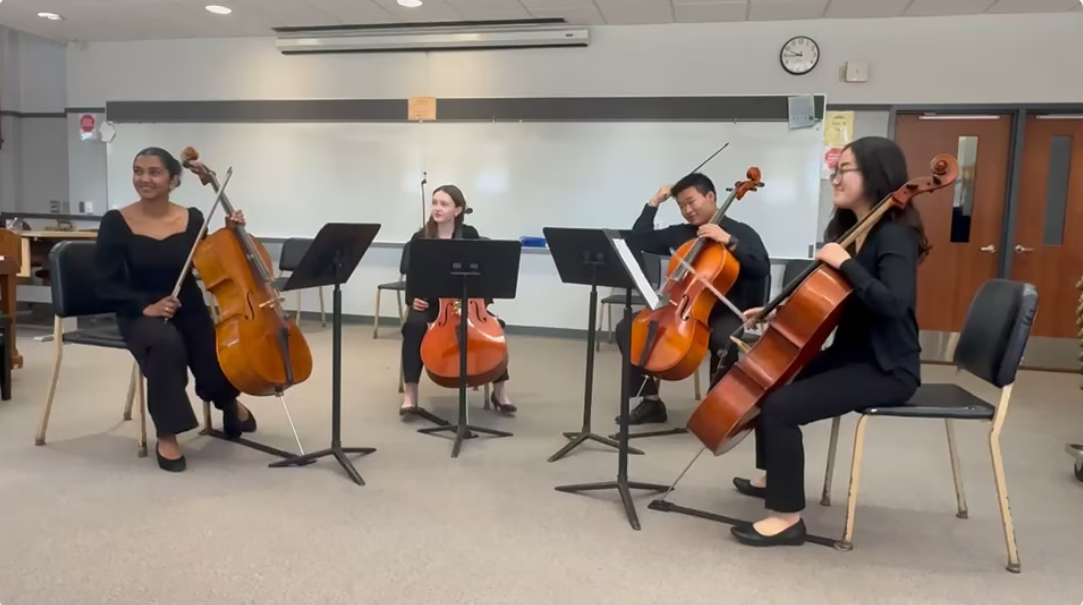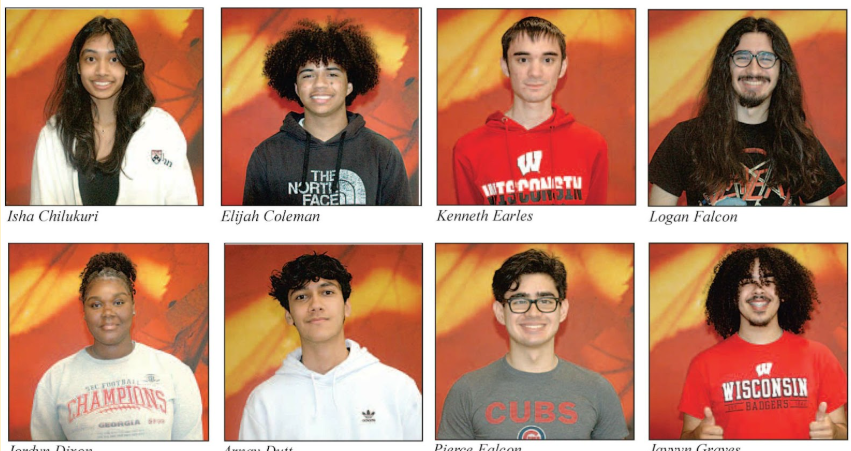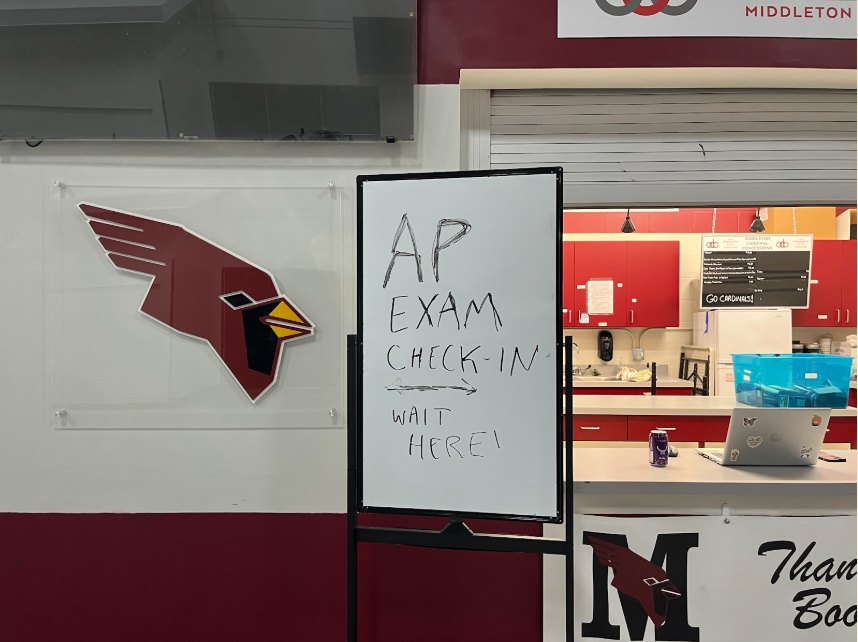Can You Name Five Women Artists?
April 28, 2019
On a busy D.C. street stretching out from the White House, across the street from a McDonald’s and removed a few feet from the sidewalk, a seemingly small window front displays a sign for the National Museum of Women in the Arts.
Perhaps fittingly, the small storefront, easily overlooked in the bustle of America’s capital city, actually belies a sweeping four-story hall, gilded with gold accents and a luminous chandelier, displaying over 3,000 works by female artists. The museum is graceful, well-organized – and an essential recognition of female artists who are often ignored in the industry.
To prove exactly this point, in 2016, the National Museum of Women in the Arts (NMWA) launched a campaign during the month of March – Women’s History Month – with the hashtag #5WomenArtists. Their challenge was to see how many people could name five women artists. “Most people we asked could not,” the NMWA’s website declares. “The campaign calls attention to the fact that women have not been treated equally in the art world, and today they remain dramatically underrepresented and undervalued in museums, galleries, and auction houses.” In the three years of this annual campaign’s existence, more than 1,500 cultural institutions from seven continents and 54 countries have participated.
This year, Middleton High School adds themselves to that list. During two lunch periods, The Cardinal Chronicle went from table to table, challenging people to name five women artists. Only one student could.
Annie Ma, the senior who named five women artists, said, “I think I know these women artists because I’ve had a substantial art education, both in keeping up with contemporary art and then also taking art history classes.”
Many of the art classes offered at MHS include some form of art history in their curriculum. Peter Ludt, who teaches Art Foundation, Sculpture and Ceramics I and II, and all of the Advanced Art classes, explained his view on female artists in art history lessons. “I think there’s an underrepresentation of women, and especially artists of color, in art history,” Ludt said. “I grew up on dead white males being the norm. And so I purposefully incorporate women artists into my curriculum just as much as I do men.”
Ludt teaches the most art history in his Advanced Art classes. Throughout the semester, Advanced Art students read eight articles about different artists, then answer a series of questions and take a quiz. Of the eight artists studied, half are women.
“It’s surprising as an art teacher that not a lot of art teachers actually out there incorporate women artists,” Ludt said. “But if you look at the history of art history, a lot of women weren’t even allowed to attend some of the art schools . . . Like Cath Callowitz; she was a German expressionist painter from the early 1920s; she lost her husband and her kids in World War I, and she [was] part of this German revitalized movement . . . Here’s a woman [that] if you’re knowing about her now, she must have made one heck of a mark on the art world, because in the 1920s and 30s, as a female artist, to be that well-regarded . . . ” Ludt shook his head in amazement.
Jackie Huckins, who teaches Drawing and Painting (currently called 2D Media), Photo I, and Photo II at MHS, explained her philosophy on diversity in art history. “Art should be able to fit any type of person, any gender of person, any nationality of a person, any language. It’s supposed to be a universal language, so I think it’s important to prove that it is a universal language by showing all different types of artists and cultures of art,” Huckins said.
She described an influential female artist that she incorporates into her curriculum. Huckins teaches most of her art history in the abstract art unit of her Drawing and Painting class. She starts the unit at Impressionism in the 1860s and 1870s, when people think abstract art started. “What was so neat about Impressionism is [that] the idea was to just paint everyday life . . . Mary Cassatt was an Impressionist painter, and she’s at home with her children, but she’s like, ‘I can do this; I live everyday life! I can paint my daughter laying on the couch, without having ankles crossed and dress layed just so,’ like children are always represented in art before that time.”
While Huckins strives to incorporate diverse artists into her art history curriculum, a lot of the artists she discusses are male. “Not because that’s what I want to teach, [but] because that’s what we have the most information on,” she said.
In addition to a lack of information about past female artists, one struggle in acknowledging women throughout art history is that much of the work that women historically produced was not considered “fine art.” “Art forms that have been most commonly regulated to males, like painting, sculpture, those are what’s considered fine arts; versus the female art forms like weaving, sewing, that kind of thing, are just considered crafts,” Ma said when asked what struggles she perceives for women in the art world. “I think about that a lot, especially because I feel like I dabble in all those art mediums, as a person who creates art myself.”
Ma is describing a phenomenon that has been identified in many industries: women’s work isn’t valued as highly as men’s. Paula England, a sociology professor at New York University, told The New York Times that once women start doing a job, “It just doesn’t look like it’s as important to the bottom line or requires as much skill.” England co-authored a comprehensive study on this phenomenon, and The New York Times described the results: “when women moved into occupations in large numbers, those jobs began paying less even after controlling for education, work experience, skills, race and geography.” As England put it in her interview, “It’s not that women are always picking lesser things in terms of skill and importance. It’s just that the employers are deciding to pay it less.”
This phenomenon is pervasive. The National Endowment for the Arts reported that although 51% of visual artists in the United States are women, on average, female artists earn 81 cents for every dollar made by male artists. And while public recognition for female artists has slowly been increasing – ArtReview’s 2018 Power 100 list of the “most influential people in the contemporary art world” was 40% women, an increase from the 38% in 2017 and the 32% in 2016 – female artists still face many obstacles in the museum industry. Women take up a much smaller percentage of gallery space than men, and solo exhibitions that feature women artists are heavily outnumbered by solo exhibitions on male artists.
The underrepresentation of women in museums can be felt by those who visit. Huckins described when she went to the Museum of Modern Art in New York City and hoped to see work by her favorite artist, Lee Krasner. “She was married to Jackson Pollock. I believe her entire life was kind of in the shadows just because Jackson Pollock was her husband,” Huckins explained. She teaches about Krasner along with Pollock in her abstract expressionism unit in Drawing and Painting. At the museum, Huckins asked if they had any of Krasner’s work, “because I’ve always wanted to see it in person,” she said. “I thought, well, why wouldn’t this museum have it? They’ve got a ton of Jackson Pollock work. And they claimed that they did have work but nothing was on display, there was nothing they could show me. So it was very frustrating.”
While the many factors working against female artists can seem disheartening at times, all of the people interviewed for this article had a positive outlook for the future. The art world for women today looks drastically different than it did even a few decades ago. “You hear stories about Georgia O’Keefe going to New York and everyone just looking at her and scoffing at her. That’s not that long ago,” Ludt said.
Classrooms are also expanding their lessons beyond white male artists, especially as women obtain leadership and teaching positions. That hasn’t always been the case. “The art teachers that I student taught under wouldn’t be caught dead teaching about women,” Ludt said. “They taught dead white males. That was because of their art education . . . You piggyback on what the generation above you is teaching you, and now with more female art historians, more female professors teaching art classes, there is more push to educate [about female artists].”
And people in positions of power and influence in the art world have been propelling change for the coming generation. “I had a female art professor [in college] who strongly believed in a couple things,” Huckins said. “One, a whole thing was about Native American culture, Native American art, because that’s such a rich part of our history here in Wisconsin that people ignore. The other thing was about female artists. And she actually did an activity with us where we all had to write down as many female artists as we could. And . . . I don’t think anyone named five female artists, which is super sad. So, she did stress that a lot, and I think because she was herself a female professor and she was in her sixties, so I think she lived in a time period where females were represented even less than they are today, and so she really wanted to fight for the female artists.”
Clearly, so do the MHS art teachers. Jennifer Paris, who teaches Art Explorations, Photo I, Yearbook, and Art Foundations at MHS, said, “I think that if we really want to be treated equal, everybody, then we need to have equal representation . . . I’ve really consciously been trying to put female artists in there, artists from different cultures, so that everybody kind of gets somebody that they can at least somehow relate to or feel like they’re being represented.”
At the end of the day, Ludt said, “It’s the art world. We’re not talking about economics here, we’re not talking about business school or something, we’re talking about a field where there’s no reason [not] to be accepting of any and everything. Because for young artists . . . weird is good, and being different is what people strive for.”



